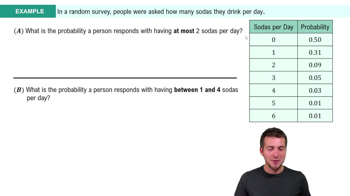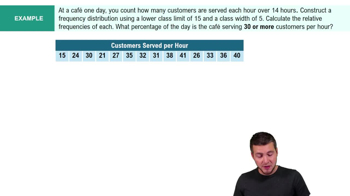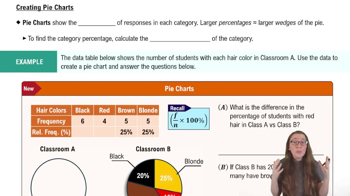Here are the essential concepts you must grasp in order to answer the question correctly.
Survey Bias
Survey bias occurs when the wording of a question leads respondents to answer in a certain way, potentially skewing the results. This can happen through leading questions, loaded language, or assumptions about the respondent's behavior. Identifying bias is crucial for ensuring that survey results accurately reflect the opinions or behaviors of the target population.
Recommended video:
Intro to Random Variables & Probability Distributions Example 1
Question Wording
The wording of survey questions significantly influences how respondents interpret and answer them. Clear, neutral, and specific language helps minimize confusion and bias. For example, instead of asking 'How much do you exercise during an average week?', a more neutral phrasing could be 'On average, how many days per week do you engage in physical exercise?'
Recommended video:
Intro to Frequency Distributions Example 1
Response Options
Providing appropriate response options is essential for capturing accurate data in surveys. Open-ended questions allow for diverse responses, while closed-ended questions can limit answers to predefined choices. In the context of exercise, offering a range of options (e.g., '0 days', '1-2 days', '3-4 days', '5 or more days') can help clarify the respondent's habits without leading them.
Recommended video:
 Verified step by step guidance
Verified step by step guidance Verified video answer for a similar problem:
Verified video answer for a similar problem:



 2:13m
2:13m